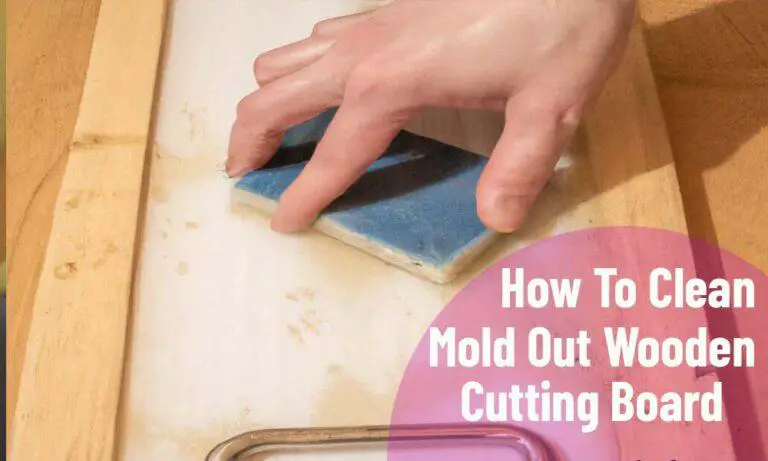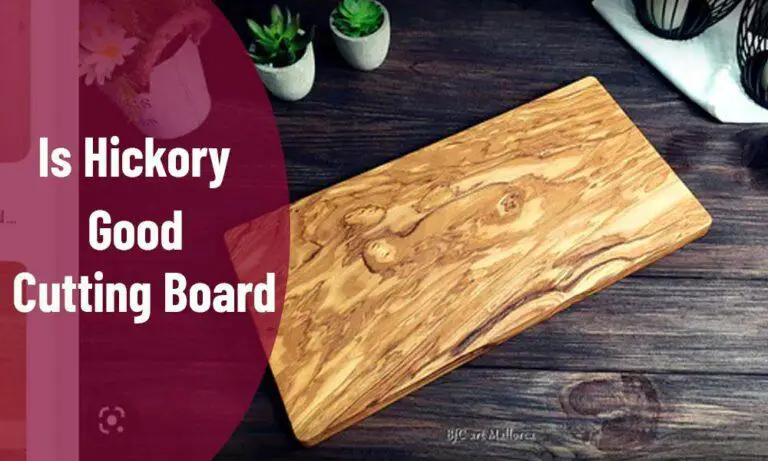Is Cedar Good For Cutting Boards? Hidden Truth
Cedar is a highly desirable wood for cutting boards because it’s resistant to acids, bacteria, and other contaminants. Additionally, cedar has a natural odor that many people find appealing. This makes it an ideal choice for food preparation areas where hygiene is important.
Cedar wood is not only utilized in clothing storage furniture, shingles, and guitars, but also in stunning paneling, adding an extra layer of beauty to any space. So the question is, Is cedar good for cutting boards?
Is Cedar Good For Cutting Boards?
Cedar is generally not recommended for use in cutting boards. While cedar wood has a pleasant aroma and is often used for outdoor furniture and construction due to its durability and natural resistance to insects and decay, it is not an ideal choice for cutting board material. Here are a few reasons why:
- Aromatic properties: Cedar has a strong natural aroma, which can transfer to food and alter its taste. This can be undesirable when it comes to food preparation and serving.
- Softness: Cedar is relatively soft compared to other hardwoods commonly used for cutting boards, such as maple or walnut. Its softer nature makes it more susceptible to knife marks and scratches, which can harbor bacteria and compromise food safety.
- Porosity: Cedar wood is relatively porous, meaning it can absorb liquids more readily. This can lead to moisture retention and potentially create an environment for bacterial growth, even with regular cleaning.
- Resins and oils: Cedar contains natural resins and oils that may be toxic or cause allergic reactions in some individuals. These compounds can leach into food during cutting or food preparation, posing health risks.
To ensure food safety and longevity, it is generally recommended to choose hardwoods that are dense, non-toxic, and have a tight grain structure for cutting boards. Common options include maple, walnut, cherry, and bamboo, as they offer better durability, and knife resistance, and are easier to sanitize.
If you have a cedar cutting board that you’d like to use purely for decorative purposes or as a serving platter, it’s important to avoid using it for cutting or direct food contact. Instead, consider using it as a display piece or for serving cheese, fruits, or other non-cutting food items.
How to Use a Cedar Cutting Board?
Here are a few tips for using a cedar cutting board:
1. Always use a sharp knife when cutting on a cedar board. This will help prevent the knife from slipping and potentially injuring you.
2. Be sure to clean the board after each use. Cedar is a porous wood, so it can absorb bacteria if not properly cleaned.
3. avoid putting hot items on the cedar board. This can cause the wood to warp or crack.
4. When storing your cedar board, be sure to keep it in a cool, dry place. By following these simple tips, you can enjoy using your cedar cutting board for many years to come!
Cedar is a softwood that is often used for making cutting boards. Cedar is a good material for cutting boards because it is durable and has a high resistance to wear and tear. Cedar is also a good material for cutting boards because it is a lightweight wood, which makes it easy to transport.
Cedar is also a good material for cutting boards because it is a naturally antibacterial wood, which helps to keep your cutting board clean.
How to Make a Cedar Cutting Board?
If you’re looking for a handsome and unique cutting board, why not try making your own cedar cutting board? Cedar is a beautiful, durable wood that’s perfect for the kitchen. Plus, it’s easy to work with and relatively inexpensive.
Here’s how to make a cedar cutting board:
1. Start by measuring and cutting your cedar boards to size. You’ll need three boards for the top, bottom, and middle of the cutting board.
2. Next, use a router to round over the edges of the boards. This will give your cutting board a nice, finished look.
3. Once the edges are rounded, it’s time to glue the boards together. Use good wood glue and clamp the boards together until the glue dries.
4. Once the glue is dry, sand the cutting board smoothly. Start with a coarse grit sandpaper and work your way up to a finer grit.
5. Finally, finish the cutting board with a food-safe finish. Mineral oil is a good option, or you can use a beeswax and mineral oil mixture. Apply the finish evenly and let it dry completely before using your cutting board.
Now you have a beautiful, handcrafted cedar cutting board!

Credit: www.youtube.com
Is it Safe to Use Cedar For a Cutting Board?
If you’re looking for a cutting board that is both durable and beautiful, cedar is a great option. But is it safe to use cedar for a cutting board? Cedar is a softwood, so it is not as hard as some other options, like maple or bamboo.
However, it is still a very durable wood, and it is also naturally antibacterial. This makes it a great choice for a cutting board. Cedar is also a relatively lightweight wood, so it is easy to carry and move around.
And, it has a beautiful grain that can add a touch of elegance to your kitchen. So, is it safe to use cedar for a cutting board? Yes, it is a safe and durable option that is also naturally antibacterial.
Is Cedar Wood toxic to humans?
Cedar wood is not toxic to humans. However, it is important to note that cedar wood does contain natural chemicals that can be irritating to the skin, eyes, and respiratory system. If you are exposed to cedar wood dust, you may experience symptoms such as coughing, sneezing, watery eyes, and difficulty breathing.
If you have a sensitivity to these chemicals, it is best to avoid exposure to cedar wood dust.
Conclusion
Hope you got the answer to Is Cedar Good For Cutting Boards? Cedar is often used for cutting boards because it is a strong, durable wood that can withstand a lot of wear and tear. However, cedar is also a very hard wood, which can make it difficult to cut on. If you’re looking for a cutting board that is both strong and easy to cut on, then you might want to consider another type of wood, such as maple or cherry.



